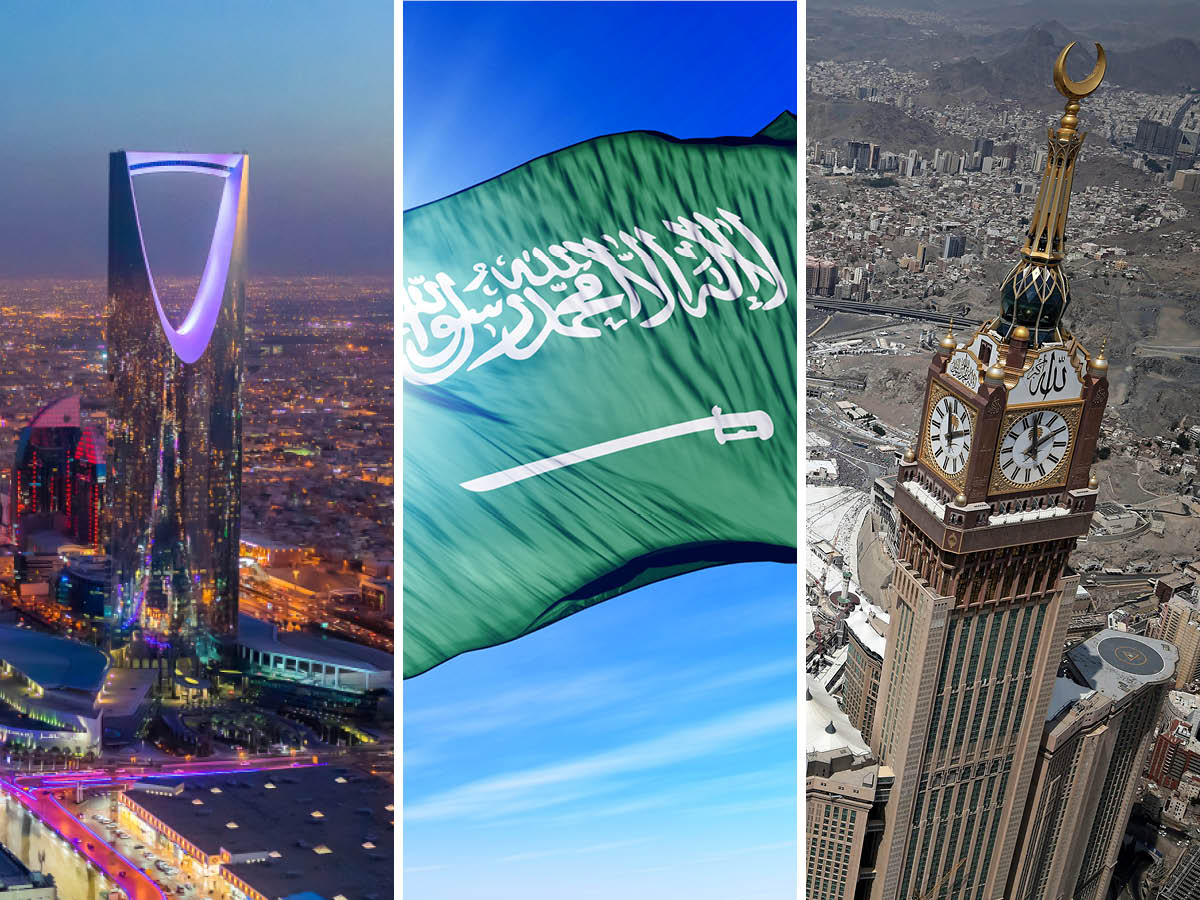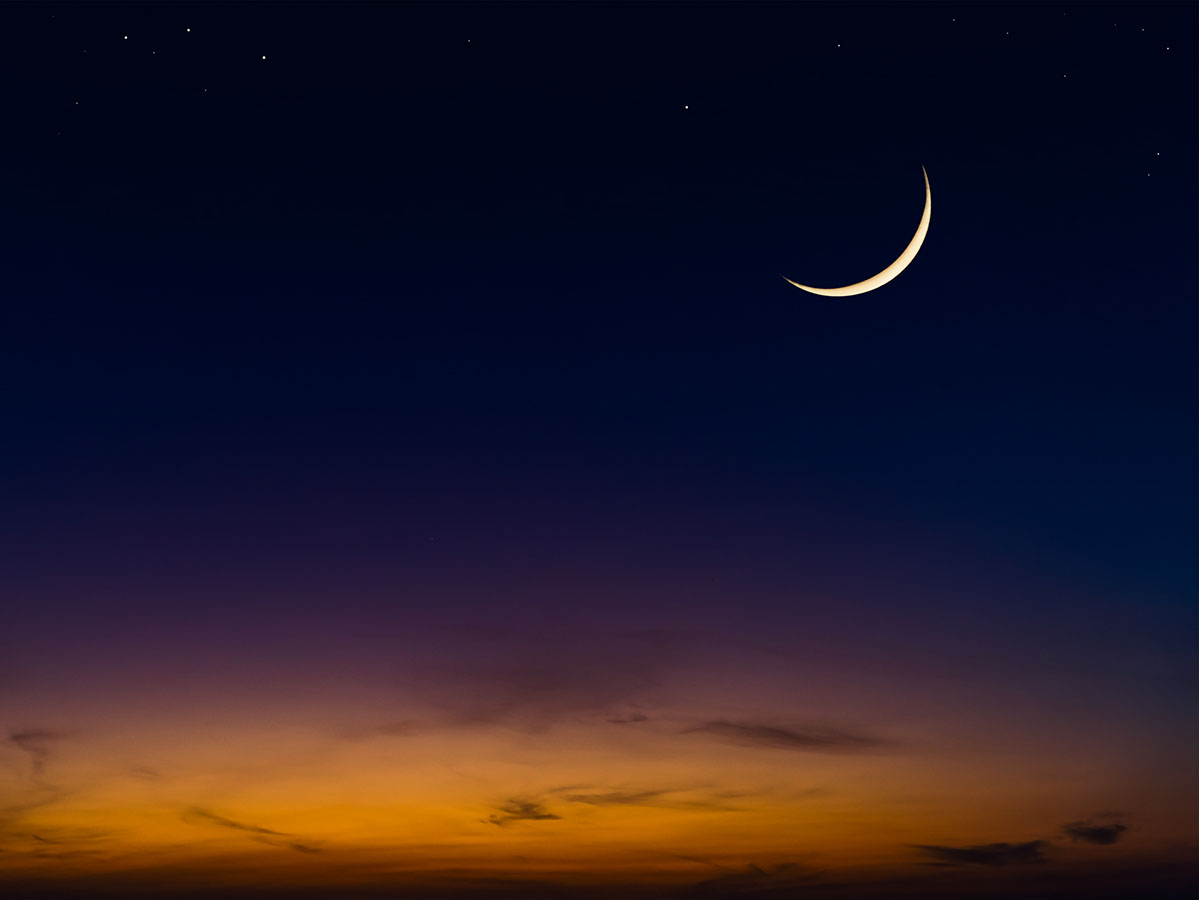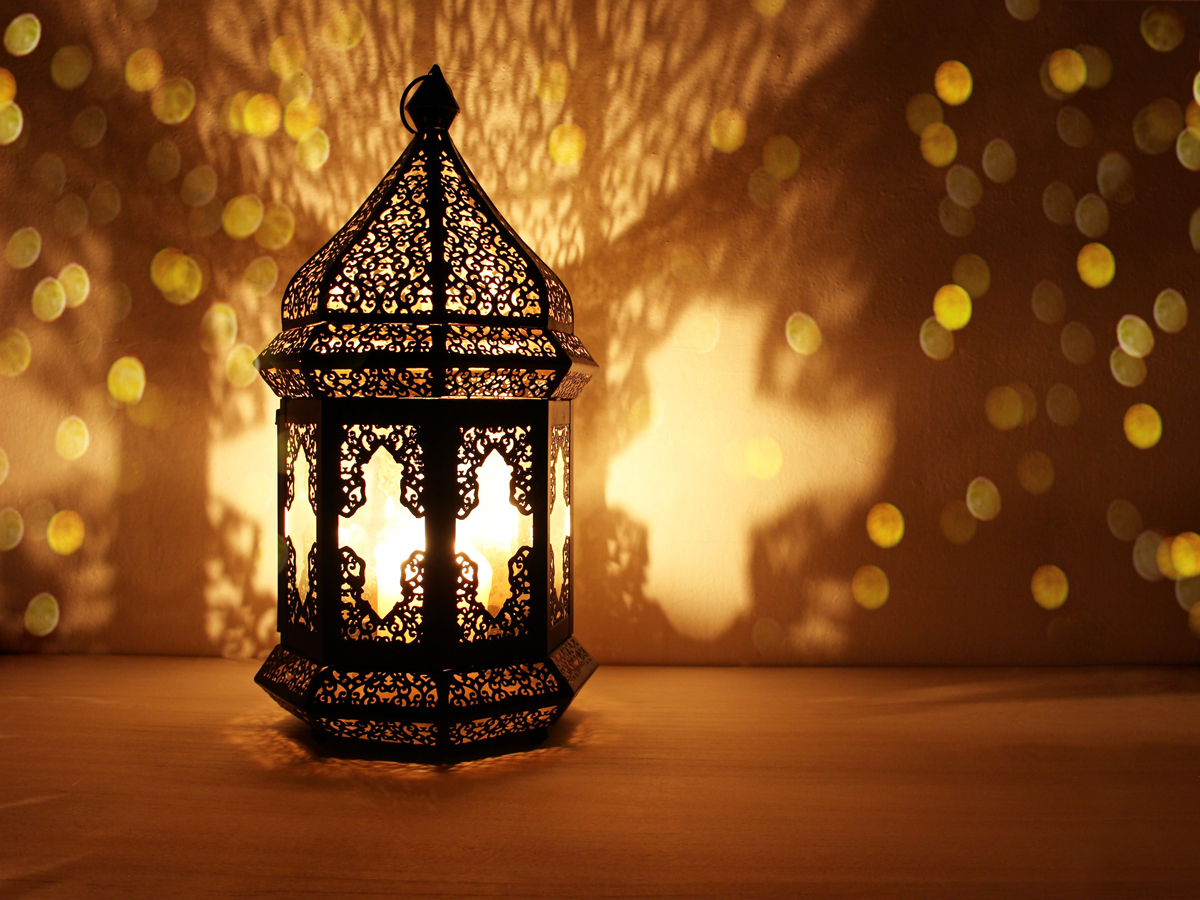Trivial Pursuit addicts, pay attention: this list is just for you. From fast cars to sunken ships, via epic pilgrimages and sprawling sands, these facts reveal a nation of exhilarating extremes. Here are fun facts about Saudi Arabia.

A spear has impaled Riyadh’s Masmak Fortress for 120 years.
Al Dira’s hulking fortress was raided by Ibn Saud in 1902, when a particularly burly soldier lobbed a spear at the front door – and it’s still there.
During the Hajj, the number of people in Mecca is more than double its usual population.
Mecca is currently home to approximately 2 million people, which swells to 4.5 million people for the Hajj.
In 2017, 400 ancient ‘gates’ were discovered in the Arabian Desert.
By using Google Earth, archaeologists were able to identify these elusive stone structures. It is believed that they were built by nomadic tribes between 2,000 and 9,000 years ago.
It is thought that Saudi Arabia was given its named by the ancient Egyptians.
The cat-loving pyramid enthusiasts used to refer to the area as ‘Ar Rabi’.
Jeddah’s Formula 1 Street Circuit was the second-fastest in the world.
Its average speed is a whopping 252.8 kilometres per hour, according to Formula 1. That also means that it was the second-fastest circuit overall during Formula 1’s most recent season, just behind Monza’s purpose-built racing track in northern Italy.
King Fahd’s Fountain in Jeddah is the tallest fountain in the world.
Spraying forth from the Red Sea, this remarkable sight is 312 metres high, gushing water skywards faster than 350 kilometres per hour. It was donated by King Fahd bin Abdulaziz Al Saud and completed in 1985.

Riyadh is number 80 on the worldwide rich list.
In terms of Gross Domestic Product (GDP), Riyadh is one of the wealthiest cities in the world. At 80, it sits between Qingdao in China and Jeddah.
‘Riyadh’ means ‘the garden’.
It is thought that the city’s ancient name refers to the small oasis towns that were scattered around this area about 500 years ago.
Saudi Arabia exports more petrol than any other country in the world.
The Kingdom possesses approximately 16 percent of all proven petroleum reserves on Earth.

Saudi Arabia has the only national flag in the world’s to display an inscription as its principle design.
The inclusion of the Shahada means that the flag requires a different design for each side, a characteristic that it shares with the flags of Paraguay and Moldova.
Saudi Arabia is home to the only wild Arabian Oryx.
Hunting wiped out the Nafud region’s wild population during the 1950s, but thanks to a reintroduction programme there are now approximately 500.
Saudi Arabia possesses no rivers.
This dusty fact makes it the largest country in the world without a river.
Shoaiba beach is home to a haunting shipwreck.
This arresting sight is 70 kilometres south of Jeddah and within swimming distance of the shore. The Dutch built the ship in 1966, but it’s now commonly known as the Al Fahd Shipwreck.
T. E. Lawrence (Lawrence of Arabia) said no to a knighthood.
In honour of his services during the Arab Revolt, King George V offered him the title in 1918. Lawrence said no because he argued that England had betrayed the Arabs.

The Abraj Al Bait Towers in Mecca include the largest working clock face in the world.
The clock stands at 601 metres high, which also makes this the highest clock above ground level in the world. At 43 metres in diameter, the clock face is six times bigger than Big Ben’s in London.
The Arabian desert is the fifth-largest on Earth.
It spills across Iraq, Jordan, Kuwait, Oman, Qatar, Saudi Arabia, the United Arab Emirates, and Yemen, covering a total of 2.33 million square kilometres.
The Kingdom’s abandoned village of Al Habala is only accessible by cable car.
Close to the city of Abha in southwestern Saudi Arabia, Al Habala is located on the side of a very steep cliff, earning it the nickname ‘Hanging Village’. Back in the day, plucky villagers could only reach their homes by climbing ropes. They were fleeing the Ottomans, but these days it’s popular with paragliders.
UNESCO declared Arabic calligraphy an Intangible Cultural Heritage of Humanity
The 2021 bid was led by Saudi Arabia but put forward by 16 Arab countries, which included Egypt, Jordan and the United Arab Emirates. The list already includes falconry in Saudi Arabia and across other Arab countries.
For more things to do in Riyadh, click here for the latest news and features.









